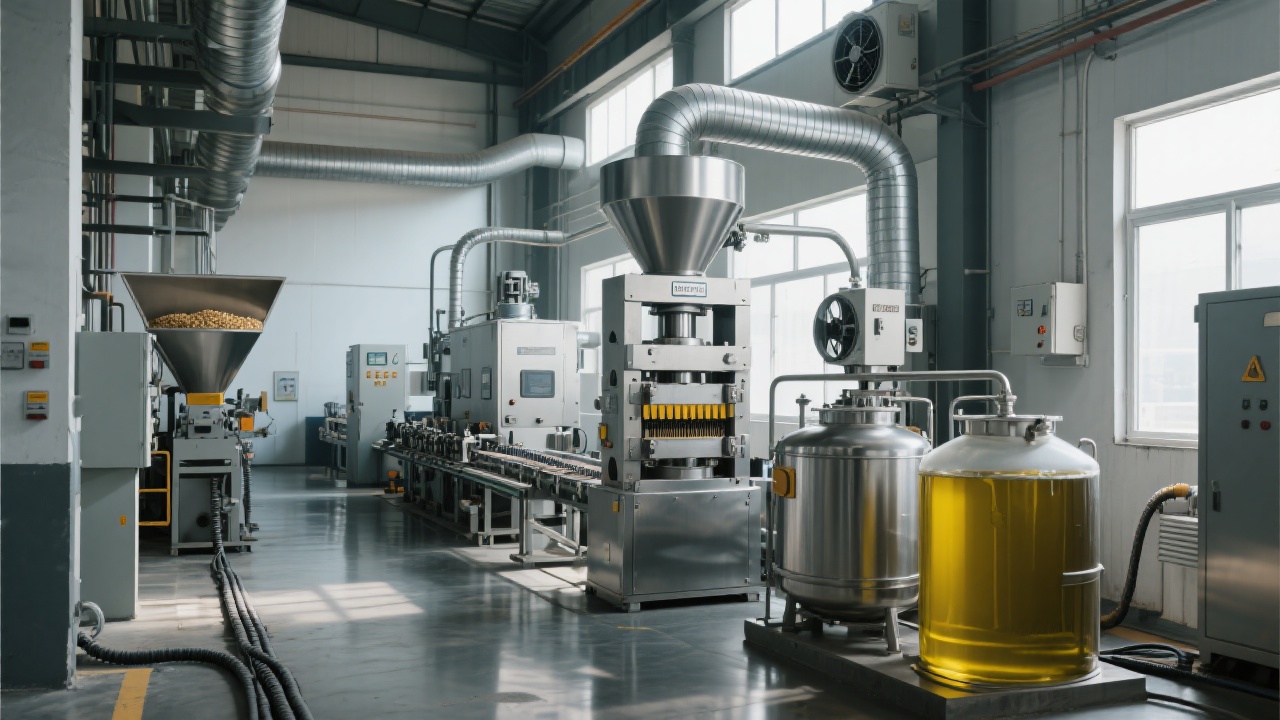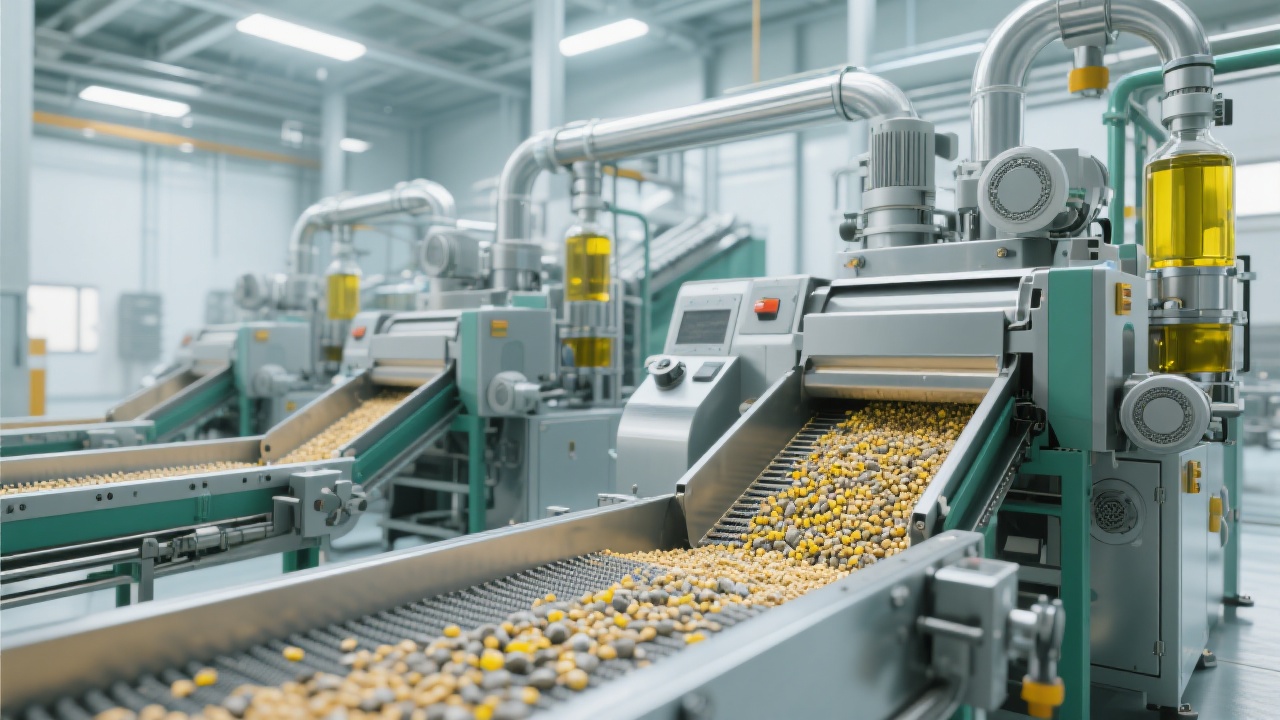
In the agri-industrial sector, especially in oilseed processing, rice bran oil extraction presents unique challenges balancing yield, energy consumption, and product quality. Over the past decade, extensive industry experience confirms that the extruder—specifically its material composition and structural design—is pivotal in optimizing rice bran oil yield. This article delves into the core functional principles of rice bran oil extrusion equipment, highlights critical operating parameters, and compares how different extruder materials influence the swelling and oil release performance. Our insights, grounded in technical data and field applications, aim to equip engineers, procurement specialists, and plant managers with actionable knowledge to enhance operational efficiency sustainably.
Rice bran oil extrusion devices function by subjecting rice bran to controlled thermal and mechanical treatment—termed “puffing” or “expanding”—which ruptures cellular matrices to liberate oil effectively. The extruder uses a screw mechanism to continuously push bran through a heated barrel, managing pressure, temperature, and moisture to induce starch gelatinization and protein denaturation. This process improves oil accessibility during subsequent solvent extraction or mechanical pressing stages.
Key parameters typically optimized include:
| Parameter | Optimal Range | Effect on Extraction |
|---|---|---|
| Temperature | 120–160°C | Enables protein denaturation, increasing oil release |
| Pressure | 15–25 MPa | Facilitates mechanical rupture of bran cell walls |
| Moisture Content | 15–20% | Balances material plasticity and prevents thermal degradation |
The choice of materials and structural configuration in extrusion machinery significantly affects the durability, heat transfer uniformity, and ultimately the quality of bran puffing. Common materials include carbon steel, stainless steel, and advanced alloys, each offering distinct benefits and trade-offs:
Structurally, the extruder’s screw design—pitch, compression ratio, and flight depth—influences the shearing intensity and residence time, directly impacting the puffing effect and therefore the oil yield. Optimized design balances shear force with temperature control to maximize swelling without degrading oil quality.

A Southeast Asian rice bran oil producer transitioned from carbon steel extruders to high-grade stainless steel with a re-engineered screw profile. Controlled field trials over six months recorded:
| Metric | Before Upgrade | After Upgrade | Improvement |
|---|---|---|---|
| Oil Extraction Rate (%) | 18.5% | 21.3% | +2.8% |
| Energy Consumption (kWh/ton) | 430 | 385 | -45 kWh (-10.5%) |
| Maintenance Frequency (times/year) | 6 | 2 | -66.7% |
These gains underscore how premium materials and precision design can substantially drive productivity, reduce operational costs, and lower environmental impact through energy savings.
With increasing demand for sustainability, rice bran oil producers are integrating smart control systems enabling real-time monitoring of temperature, pressure, and moisture profiles inside extruders. Advanced sensors combined with AI-driven process optimization software not only enhance reproducibility in puffing but also contribute to energy-efficient operations, minimizing waste and emissions.
Moreover, modular extruder designs now allow swift adaptation to varied rice bran qualities and operational capacities, facilitating flexible manufacturing that aligns with fluctuating raw material availability and regulatory frameworks emphasizing cleaner production.

Selecting the right extruder requires balancing initial capital, material compatibility, and production goals. Consider:
Implementing operator training on standardized parameter adjustments, coupled with routine equipment audits, ensures steady, high-quality puffing outcomes, correlating directly to oil yield and purity.

In rice bran oil production, the extruder’s material and design are not mere mechanical specifications but core determinants of extraction efficiency and operational sustainability. Through methodical control of temperature, pressure, and moisture, combined with selecting corrosion-resistant, durable materials and advanced structural designs, producers can significantly elevate oil yield, reduce energy usage, and extend equipment lifespan.
As the industry evolves towards smart, eco-conscious manufacturing, integrating intelligent extrusion systems will become standard, empowering continuous improvements in product quality and process economics.
Discover tailored solutions crafted from global best practices and cutting-edge extrusion technology. Explore expert guidance and optimized equipment now »

